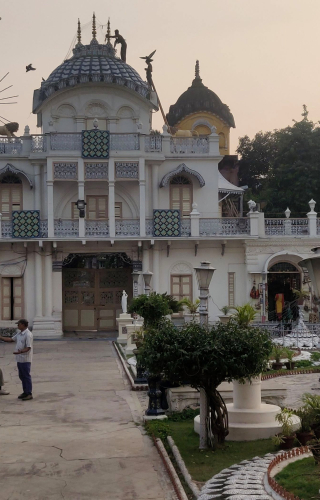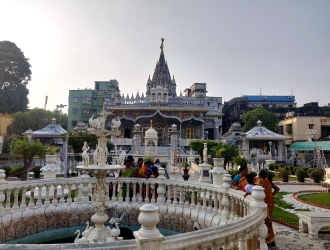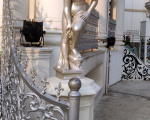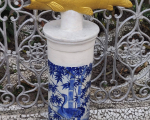Built over the second half of the nineteenth century, the Jain temple cluster in the Manicktala area in Kolkata was founded by Jain families belonging to the Johari Sath community who migrated to Kolkata in the mid-nineteenth century. The space is a prime example of an exchange between European and Indian visual languages as clear influences of European art and architecture can be traced within an assortment of quintessentially Jain architectural elements.
However, the temples and the community involved with them have curiously been absent in the discussions about the city’s colonial past. Though nineteenth century Calcutta is the nucleus of many a scholarly and popular discourse, there is hardly any attempt to posit and map the Jains and their religio-cultural activities in the historical and sociocultural context of colonial Calcutta. The temples can be seen as prime examples of this intercultural interaction.
Among the four temples of this cluster, the Parsvanath temple is the oldest and most lavish in decoration. With the amalgamation of different indigenous elements along with European motifs and styles, it is also one of the finest examples of the hybrid modernity that marks nineteenth-century Calcutta.
This photoessay highlights the architectural elements and the overall designs of the Parsvanath temple.















